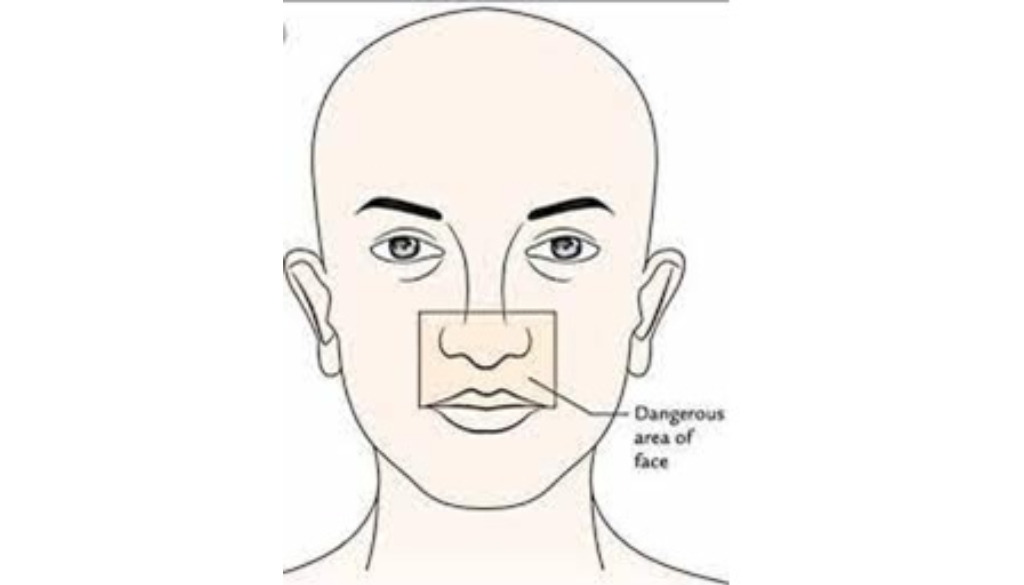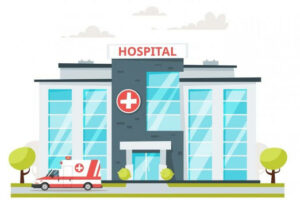Understanding the Hidden Risks of Acne and the Dangers of the “Triangle of Death

By Dr. Sunil Kumar Prabhu
Pune, 12th September 2024: Acne is one of the most common skin conditions, affecting people of all ages and skin types worldwide. It develops when hair follicles become blocked by excess oil and dead skin cells, resulting in pimples, blackheads, whiteheads, and, in some cases, cystic acne. Although acne is often regarded as a cosmetic issue, it can also have a profound impact on a person’s self-confidence and mental health. What many don’t realize is that acne in certain areas of the face, particularly within the “Triangle of Death,” can pose serious health risks.
What is the “Triangle of Death”?
The “Triangle of Death” is a term used to describe the area of the face that extends from the bridge of the nose to the corners of the mouth. This region is unique because it contains numerous blood vessels that are directly linked to the brain through the cavernous sinus, a network of veins responsible for draining blood from the brain. Unlike other areas of the body, the veins in this part of the face lack valves, which means any infection in this region has the potential to quickly spread to the brain, leading to life-threatening complications such as cavernous sinus thrombosis, meningitis, or brain abscesses.
Why is it Dangerous to Pop Pimples in This Area?
While dermatologists generally advise against popping pimples anywhere on the body, doing so within the “Triangle of Death” is particularly risky. Squeezing or picking at acne in this area can allow bacteria on the skin to enter the bloodstream, increasing the likelihood of infection. Due to the unique anatomy of this region, infections can easily spread to the brain, leading to severe conditions such as cavernous sinus thrombosis, a blood clot in the cavernous sinus that can cause symptoms similar to a stroke. Left untreated, this condition can be fatal. Other potential complications include meningitis and brain abscesses, which can result in long-term neurological damage.
In addition to these severe health risks, popping pimples can lead to permanent scarring, hyperpigmentation, and prolonged healing, particularly on the face.
What Causes Acne in the Triangle of Death?
Acne in this area can be triggered by a variety of factors, including hormonal fluctuations, bacterial infections, overproduction of oil, and lifestyle choices. Hormonal changes during puberty, menstruation, pregnancy, or conditions like polycystic ovary syndrome (PCOS) can lead to an increase in sebum production, clogging pores and causing acne. The bacterium Propionibacterium acnes (P. acnes) thrives in clogged pores and can cause inflammation, further contributing to acne. Poor skincare practices, diets high in sugar and dairy, stress, and lack of sleep can also aggravate acne, especially in this sensitive region.
Safe Treatment Options
When treating acne within the “Triangle of Death,” it’s crucial to proceed with caution. Over-the-counter topical treatments containing benzoyl peroxide, salicylic acid, or retinoids can help control acne by reducing oil production, eliminating bacteria, and promoting skin cell turnover. For more severe cases, a dermatologist may recommend oral antibiotics, hormonal therapies such as birth control pills, or isotretinoin (commonly known as Accutane).
It’s always best to consult a dermatologist for professional extraction if necessary. Dermatologists use sterile techniques to prevent infections and minimize the risk of scarring. Maintaining a gentle skincare routine with non-comedogenic products and identifying personal acne triggers can also help manage breakouts.
Preventative Measures
To reduce the likelihood of developing acne, especially in the sensitive Triangle of Death area, it’s essential to adopt good skincare habits. This includes regularly cleansing your face, avoiding touching your face frequently, and steering clear of pimple-popping. Additionally, maintaining a balanced diet, managing stress, and getting adequate sleep can help in preventing acne flare-ups.
By understanding the risks associated with acne in the “Triangle of Death” and taking proactive steps, you can protect your health and keep your skin clear.
(Dr. Sunil Kumar Prabhu is Consultant Dermatologist and Aesthetic Physician at Aster RV Hospital, Bengaluru)








